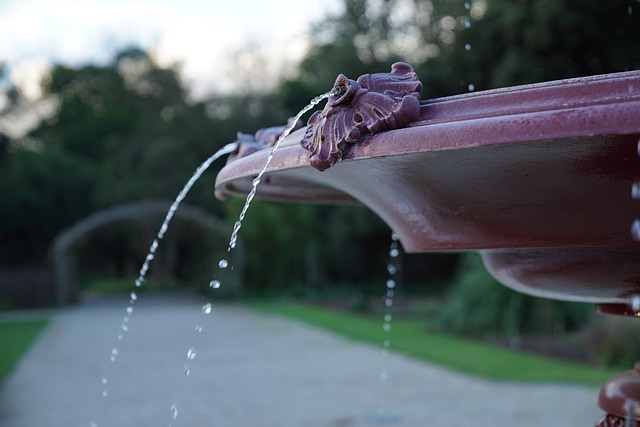Understanding the Magic of Stop-Motion Photography
There’s an undeniable charm that comes with the flicker of a frame, the subtlety of movement, and the playful nature of stop-motion photography. For many camera enthusiasts, it’s not just about snapping pictures; it’s about crafting visual narratives that breathe life into inanimate objects. Through the lens of optics, we set the stage for creativity and innovation, transforming mundane scenes into captivating stories.
The Art of Composition in Stop-Motion
At its core, great photography hinges on composition. Whether you’re capturing a bustling cityscape or animating a clay character, understanding the principles of composition can help you convey emotion and intent. In stop-motion photography, where each frame is meticulously crafted, the arrangement of elements becomes even more crucial. The placement of your subjects, the balance of light and shadow, and the perspective from which you shoot all contribute to the overall impact of your creation.
Choosing Your Photography Equipment
When embarking on your stop-motion journey, selecting the right camera is key. DSLR and mirrorless cameras often provide the flexibility and quality needed for detailed shots. However, modern smartphones equipped with advanced cameras can also deliver stunning results. Regardless of your equipment, be sure to pay attention to the optics. A decent lens can make all the difference, allowing for crisp details and beautiful depth of field.
Lighting: The Unsung Hero
In the realm of photography, lighting can transform a scene. For stop-motion, consistent lighting is essential to maintain the continuity of your frames. Natural light can provide a warm, inviting atmosphere, while artificial lighting gives you more control over shadows and highlights. Experimenting with different light sources can spark creativity and elevate your scenes from ordinary to extraordinary.
Planning Your Shots
Before you dive into shooting, take the time to plan your story. Storyboarding isn’t just for filmmakers; it’s an invaluable tool for stop-motion photographers too. Sketching out your shots helps visualize how each frame will flow into the next. Consider each photo as a still from a movie, where every detail counts, from the position of props to the expressions of your characters.
The Magic of Movement
What sets stop-motion apart is its ability to capture movement. To achieve smooth transitions between frames, subtle adjustments are key. Move your subject incrementally between each shot, and remember, sometimes less is more. Achieving a fluid motion often involves patience and precision, but the end result—a mesmerizing animation—makes the effort worthwhile.
Editing Your Stop-Motion Masterpiece
After your photography session, the editing process can amplify your vision. Utilizing software to compile your frames, adjust colors, and add effects enhances the narrative quality of your work. With the right editing tools, you can transform a simple set of photos into a coherent tale that captivates your audience.
Embracing stop-motion photography not only hones your skills in composition and storytelling but also unleashes your creativity. Dive into this enchanting world, and let your camera translate your imagination into reality, one delightful frame at a time!



